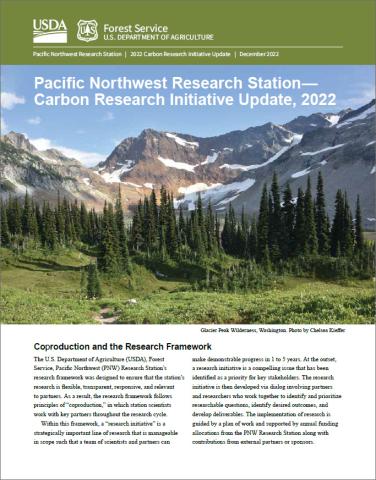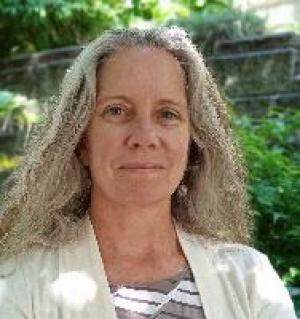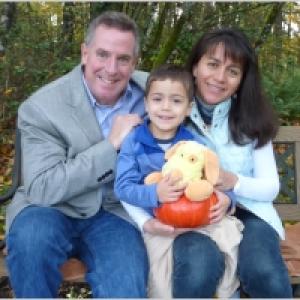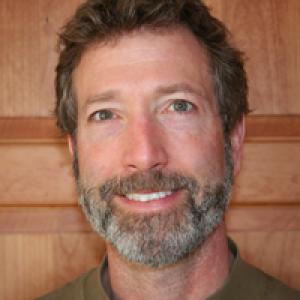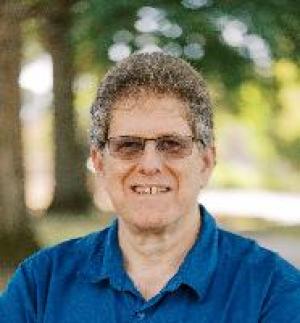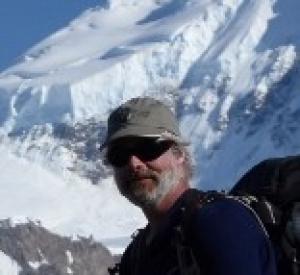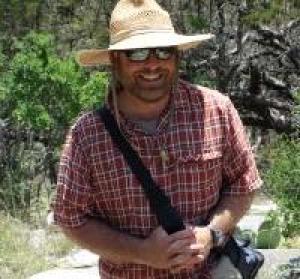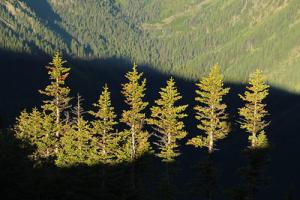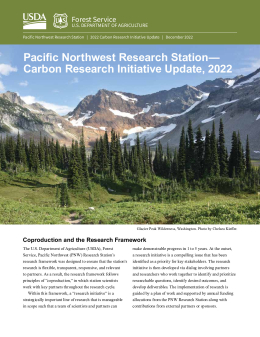Carbon Dynamics Research for Land and Watershed Managers
The forests of the Pacific Northwest, renowned for their productivity, sequester and store significant amounts of carbon and play a critical role in the global carbon cycle. Land stewards have identified carbon dynamics in land and watershed management as one of the region’s top priority science needs. Legislators, conservation organizations, and the timber industry have also expressed interest in better understanding the significance of forest carbon and how it interacts with other forest management objectives and practices.
The Pacific Northwest (PNW) Research Station is a leader in carbon research and accounting, with unique expertise and years of ongoing work in this field. In 2019, the station launched a research initiative to enhance policy-relevant understanding of carbon flux and carbon accounting and fill knowledge gaps about forest carbon dynamics.
Goals of the Carbon Dynamics Research Initiative
- Forest carbon accounting is notoriously complicated, and uncertainty over the state-of-science only encourages debate over forest management approaches. One of our goals is to address the unresolved questions of policymakers and other partners.
- We aim to model a co-production approach to research that showcases the Forest Service Research and Development mission of serving the needs of land stewards and other partners.
Implementation
To address this need, the PNW Research Station convened the Carbon Dynamics for Land and Watershed Stewards Workshop in September 2019, to bring together land managers and scientists to identify the priority needs in carbon science. Participants identified priority areas for focused research that have evolved into the following 5 projects:
- Synthesize and publish a literature review of Pacific Coast carbon scenarios, modeling efforts, and management and disturbance outcomes.
- Review and synthesize carbon models. Identify required inputs, the outputs, and evaluate the strengths, weaknesses, and predictive powers of various existing models.
- Recommend carbon management scenarios to model.
- Project harvested wood products and substitution effects from modeled scenarios.
- Identify land steward/manager responses to incentives and scenarios. Explore compatibilities and tradeoffs between managing for carbon and other forest management goals. Assess policy tools to promote carbon-oriented forest management by private landowners.
Science Coproduction
In the coproduction of science, land stewards and scientists work together throughout the research cycle. The process begins by jointly identifying the scope and context of the need, research questions, methods, and outputs. It continues with participants then developing strategies for applying the research results to real-world situations. The five working groups within the Carbon Dynamics Research Initiative communicate with partners and stakeholders regularly though meetings and informal newsletters. Periodic webinars are held to share project updates.
Initiative Updates
- Carbon Research Initiative Update (December 2022, PDF 1.04 MB)
Key Personnel
Contacts:
-
Person
Sharon Stanton
PNW Research Station FIA Program Manager -
Person
Joseph Donnegan
Deputy Program Manager
Staff
-
Person
Christine Aldrete
Project Manager -
Person
Tara M. Barrett
Research Forester -
Person
Susan Charnley
Research Social Scientist -
Person
Glenn Christensen
Forester -
Person
David V. D'Amore
Research Soil Scientist -
Person
Joseph Donnegan
Deputy Program Manager -
Person
Jeremy S. Fried
Research Forester -
Person
Andrew Gray
Research Ecologist, Team Leader -
Person
Sherri Johnson
Research Ecologist -
Person
Dryw Jones
Research Forester -
Person
John B. Kim
Research Biological Scientist -
Person
Jeffrey D. Kline
Research Forester -
Person
Olaf Kuegler
Mathematical Statistician -
Person
David Nicholls
Research Forest Products Technologist -
Person
Deanna ("Dede") H. Olson
Research Ecologist, Team Leader -
Person
Suzanne M. Owen
Natural Resources Specialist -
Person
Sharon Stanton
PNW Research Station FIA Program Manager -
Person
David Woodruff
Research Plant Physiologist
Collaborators
Richard Bargman, USDA Forest Service Forest Products Laboratory
Lara Buluc, USDA Forest Service Pacific Southwest Region (R5)
Sebastian Busby, Oak Ridge Institute for Science and Education
Robyn Darbyshire, USDA Forest Pacific Northwest Region (R6)
Gretchen Engbring, Oak Ridge Institute for Science and Education
Greg Ettl, University of Washington
Bella Gordon, USDA Forest Service Washington Office
Sean Gordon, Oregon State University
Chris Keithley, CalFire
Charles Maxwell, Oregon State University
Todd Morgan, University of Montana
Danny Norlander, Oregon Department of Forestry
Mark Rosenberg, CalFire
Joe Sherlock, USDA Forest Service Pacific Northwest Region (R6)
Bill Stewart, University of California Berkeley
Nadia Tase, CalFire
Andrew Yost, Oregon Department of Forestry
Events
Projects
-
Project
-
Project
-
Project
-
Project
Research Highlights
-
Research Highlight
Understory Publications
-
Understory



